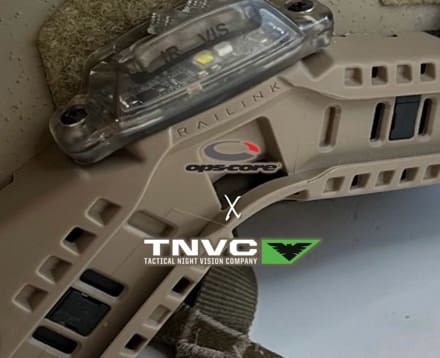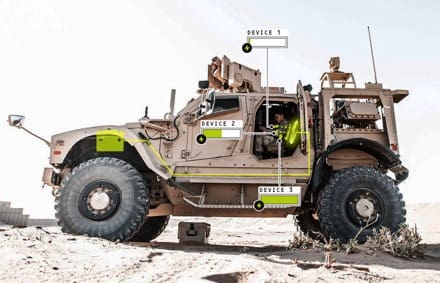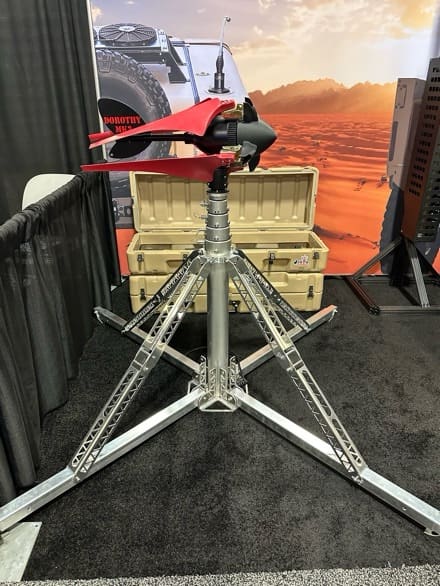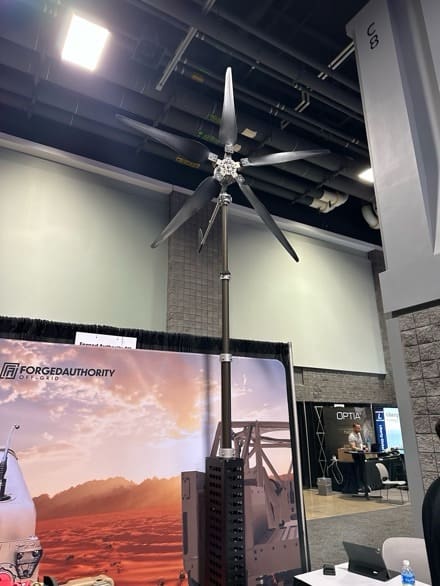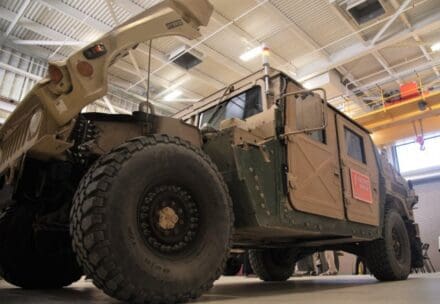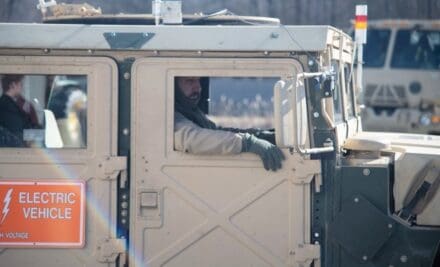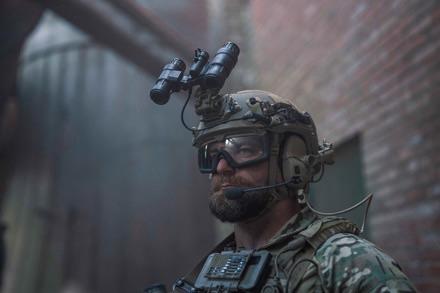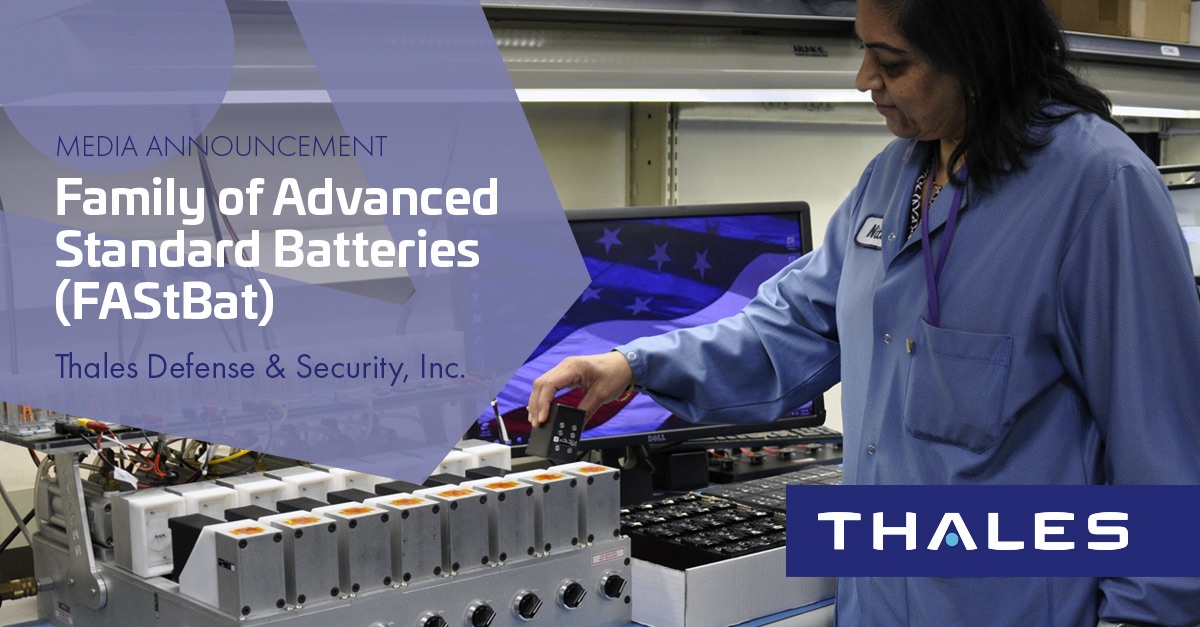Minneapolis – May 6, 2024 – Polaris Government and Defense has been solving mobility challenges for its military customers worldwide for decades and is again expanding the capabilities, mission sets and user communities its vehicles can address with the introduction of new variants and concept demonstrators. The MRZR Alpha export power variants, autonomous MRZR Alpha and expanded payload concept demonstrators further flex the off-road engineering expertise and capabilities of the dedicated division of Polaris Inc., (NYSE: PII) the global leader in powersports.
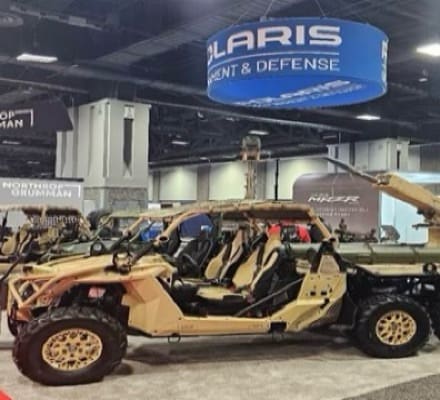
Expeditionary warfighters operating worldwide in austere environments require modular platforms that can adjust to multiple environments and modes of transport – tactical air, fixed wing plane and ship – now more than ever. These new vehicles will be incorporated into various user exercises and experiments to help identify where and how the capabilities could augment current tactical wheeled vehicle fleets and bridge gaps between existing capabilities.
“More than just a troop carrier, a single MRZR Alpha can be transformed into multiple configurations for different environments and unique missions. We design and manufacture for the off-road environment, and our vehicles don’t sacrifice mobility, breakover and departure angles or ground clearance at full payload,” said Nick Francis, vice president, Polaris Government and Defense. “The new variants expand on the capability of the MRZR Alpha platform well beyond original specifications, helping address emerging threats and future areas of operation. The application of technology in each of these systems can serve as force multipliers and empower greater self-sufficiency for distributed forces.”
Two New MRZR Alpha Export Power Variants
Additional exportable power is now available to handle the ever-increasing demand from power-hungry systems, such as C-UAS and network on the move, which are critical enablers of littoral operations in contested environments. Polaris is offering an additional 1kW or up to 5kW of exportable power at 24v on its MRZR Alpha 4 to meet the energy draw of communications, network and air defense systems or to power external loads like a forward operating tactical grid. The two new variants also provide power management capabilities to deliver steady and stable power while stationary or on the move, while enabling simplified systems integration. The 1kW can be integrated on new vehicles or incorporated as a kit; the 5kW option is available from the factory on new production vehicles. The integration of the additional export power does not impact the vehicle’s bed layout, maintaining the capability to haul two litters and other mission critical supplies while eliminating the need for a generator and freeing up critical cargo space.
Autonomous MRZR Alpha
Four MRZR Alphas have undergone autonomy integration from two different specialty firms in support of USSOCOM’s Program Manager for Family of Special Operations Vehicles (PM-FOSOV). The most advanced MRZR to-date, the MRZR Alpha has been modified to be drive-by-wire to accept integration of robotic kits from Applied Research Associates, Inc. (ARA) and Forterra. Autonomous vehicles can help improve soldier safety and reduce the cognitive load of operators. Recent and planned exercises will demonstrate teleoperation, go-to-point technology, waypoint denied navigation and full autonomy, with a unique focus on maximizing the platform’s extreme off-road capabilities. The Polaris-led by-wire modification of the vehicle provides several benefits: the MRZR Alpha can still be driven by an operator with the flip of a switch when operationally required. Also, the integrated design provides much lower latency – or reaction time – between the autonomous system, vehicle controls and vehicle behavior, which is a significant advantage in off-road terrain and as speeds increase.
“As a robotic platform, the MRZR Alpha is technology agnostic. We can – and do – provide the by-wire vehicle, ready to accept autonomy kits of various levels to multiple industry partners for continued development and advancement of the capability for the warfighter,” said Francis.
MRZR Alpha Expanded Payload Concept Demonstrator
Polaris has designed, manufactured and delivered several MRZR Alpha expanded payload concept demonstrators to U.S. Special Forces and Marines. The MRZR Alpha 6×6 is a two-seat platform with a 65 percent larger cargo bed optimized for heavier systems and payloads like mortar systems, command and control, UAS/drone launch, C-UAS, forward arming and refuelling point (FARP) and others. An incredible target of 3,600 lbs (about 1632.93 kg) of payload is available on the MRZR Alpha 6×6, with 3,000 lbs (about 1360.78 kg) of that available in the extended cargo bed – up from 600 lbs of bed payload in the MRZR Alpha 4. The third axle and short wheelbase also have a positive impact on mobility, decreasing the contact pressure per tire for enhanced performance in soft soil, mud and bogs. The MRZR Alpha 6×6 maintains top speed and air transportability and will have more than 90% parts commonality with the base MRZR Alpha.
“Our engineers love to solve military mobility challenges and customer collaboration provides the feedback to make enhancements and engineering changes possible,” said Shane Novotny, director of Engineering, Polaris Government and Defense. “Autonomy integration, export power and expanded payload are examples of how feedback can impact a family of vehicles. We’re also looking at tire technology, engines and drivetrains and shallow fording. We already have an Arctic Mobility kit for the MRZR Alpha and just launched two new military snowmobiles for customers needing winter warfare solutions.”
The MRZR Alpha export power variant and 6×6 expanded payload concept demonstrator were on display publicly for the first time at Modern Day Marine in Washington, D.C. in April and will also be displayed at SOF Week in Tampa in May.
New MRZR Alpha Options and Packages
Engineering and development efforts have also resulted in expanded accessories to include an optional half-windshield and an operator and stowage package. The highly configurable operator and stowage package provides a modular deck to accommodate additional spare tire carriers, jerry can holders, individual weapon holders and cargo nets to better secure equipment. The extended deck is modular allowing expansion in place of one or both rear occupant seats. Extended deck payload and provisions available to mount a litter and maintain a rear attendant seat for on the move care.
Each of these vehicles reinforce the ultimate value that Polaris brings to the warfighter – a responsive and engaged team with off-road engineering expertise, world-class manufacturing and a built-in global support network. The MRZR Alpha from Polaris Government Defense is quickly becoming the most in-demand light tactical vehicle in production and available today due to its multi-mission capabilities and off-road mobility. Funding for these efforts has included internal investments and funding from customers. MRZR Alpha production and deliveries are active with interest continuing to grow globally.
Polaris Government and Defense | Mobility Made Easy | Polaris.com/Gov
